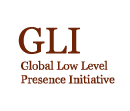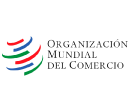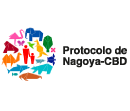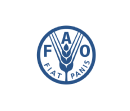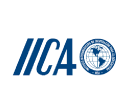 Overview
Overview

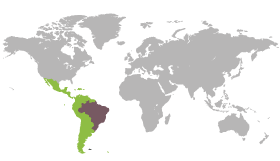
Area km2: 8,515,767
Population: 210,147,125
Capital: Brasilia
ISO 3166: BR

Population density:
24.7 hab/km2
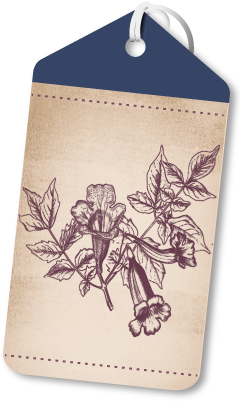
National flower:
Ipê (Handroanthus chrysotrichus)
Brazil is the largest Latin American economy and shows strong development of various sectors such as mining, manufacturing, agriculture and services. Among Brazil’s main agricultural products, we find soybean, maize, sugarcane, coffee, cotton, rice, oranges, cacao, tobacco, chicken and beef. Brazilian main export products comprise soybean and its byproducts, petroleum, iron ores, cellulose, maize, beef, chicken, sugar, coffee, orange juice, cotton and tobacco, among others. Brazil is also recognized for its coffee, being the number one coffee producer and exporter country in the world.










 Trade
Trade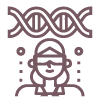 Are there local developments?
Are there local developments?


